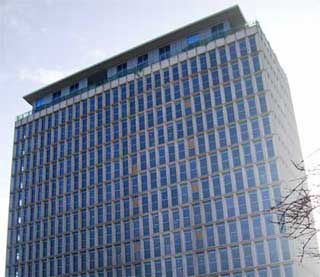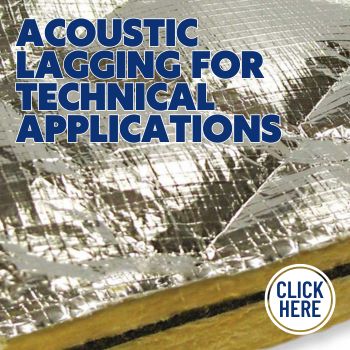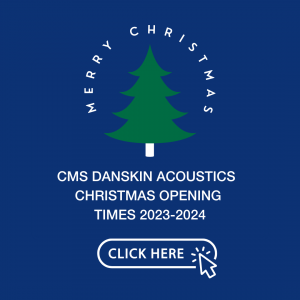March
Housing Association Magazine
Part E, Nine Years On.
Since Part E of the Building Regulations came into effect on 1st July 2003, residents have benefited from minimum sound insulation requirements in all new build and ‘material change of use’ properties.
What has proved to be a boon for residents, however, has presented a considerable challenge to architects, building contractors and the flooring industry as they’ve strived to leap the various hurdles that constitute Part E.
Almost nine years on and Part E is no longer perceived as quite the minefield it once was. This is largely down to the efforts of companies like CMS Danskin – working closely with acousticians and the aforementioned architects, building contractors and flooring specialists – to create innovative acoustic products that not only meet but exceed the Part E minimum soundproofing insulation requirements of 45dB or greater for airborne noise (43dB for refurbishments) and 62dB or less for impact noise (64dB for refurbishments). ‘Innovative products’ such as CMS Danskin’s Regupol 4515 Eco, a high-performance acoustic underlayment suited to any floor finish: carpet, vinyl, tiles and wooden floor finishes.
Regupol 4515 Eco was used extensively throughout The Heights, an ambitious project that saw the conversion of the BT Tower office in Bedford into a mixture of 109 social housing and private residential properties.
Working with the Genesis Housing Association, Birmingham Properties Group and Westbury Carpets, CMS Danskin supplied 3000 square metres of Regupol 4515 Eco, chosen because of its exceptional soundproofing properties and its durability, which offers long-term performance without collapse or ‘bottoming out’ under high point loads.
Although nine years has seen many developments in the field of acoustics, companies like CMS Danskin continue to innovate, seeking to create floor soundproofing solutions that not only meet Part E but also contribute additional benefits such as high tensile strength, mildew and moisture resistance and good thermal permeability for use with modern under-floor heating systems.



Comments are closed.